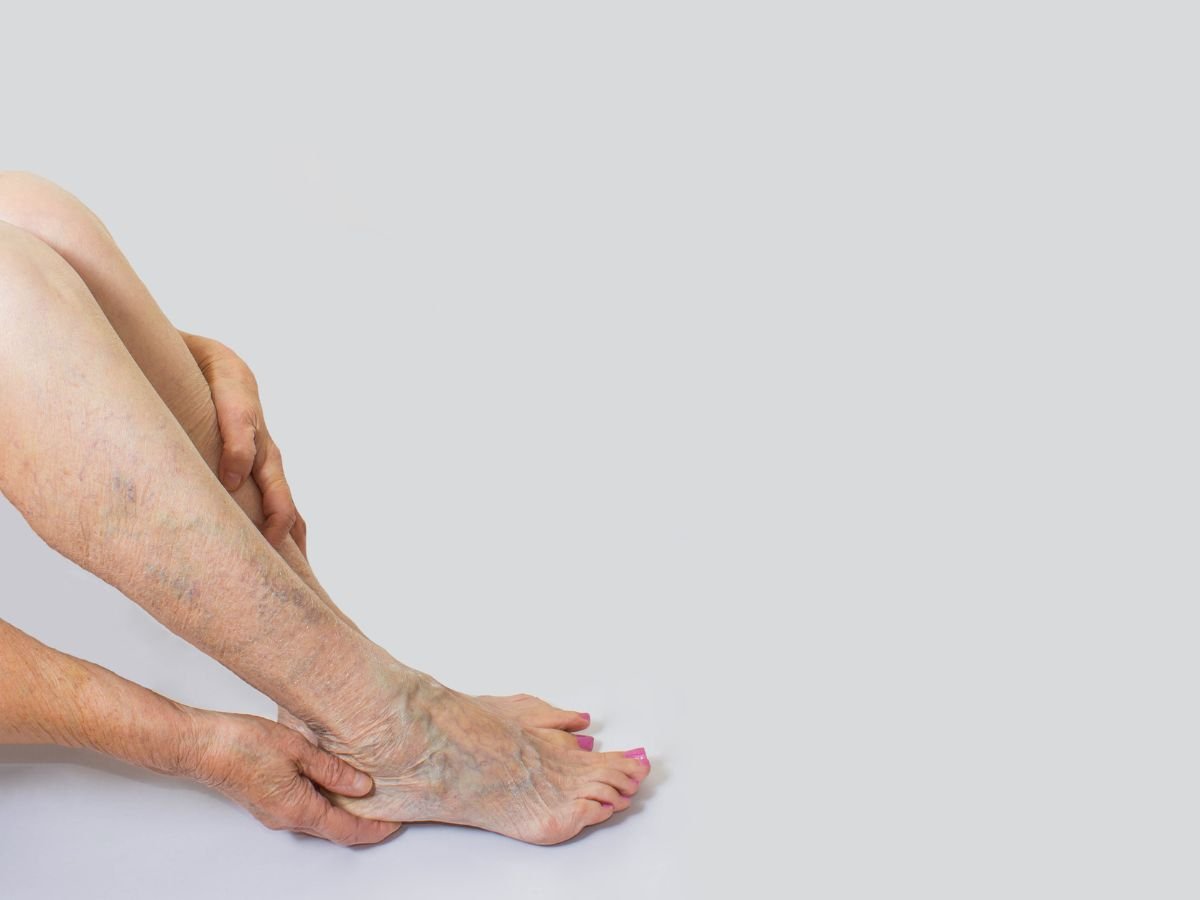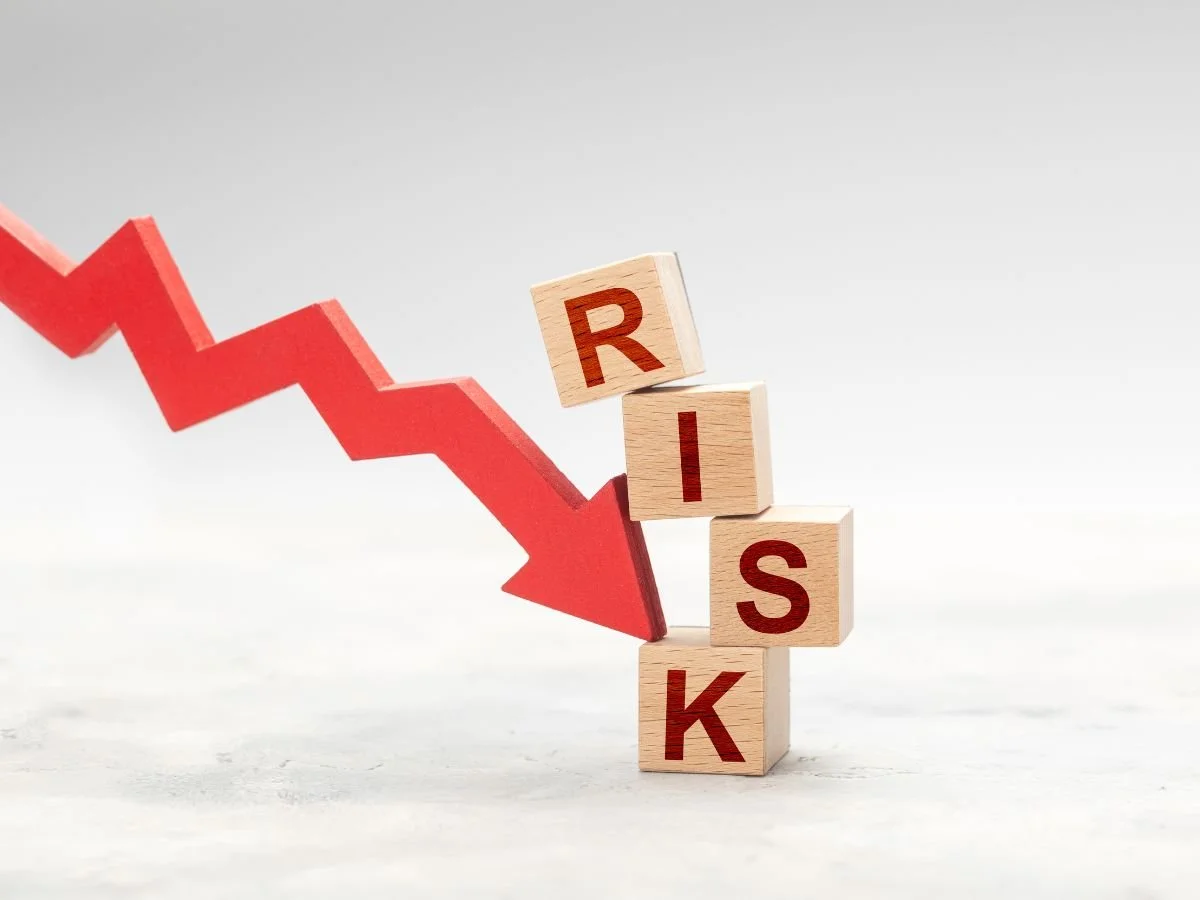Is sclerotherapy safe? Look into the risks and rewards.
Sclerotherapy has gotten a lot of attention as a good way to get rid of spider and varicose veins. As interest in it grows, it is important to address safety issues so that patients can make decisions with confidence and knowledge.
Knowing the pros and cons of sclerotherapy not only shows how well it works, but it also shows how important medical study and professional advice are for vein treatments.
Is sclerotherapy safe when done by trained professionals?
Sclerotherapy has a good safety record when done by people who are highly trained to do it. Sclerosing agents that have been approved by the FDA are used in the process. These agents have been shown to work well at treating problematic veins.
Clinical studies show that the treatments work very well and have few serious side effects, especially when they are done by board-certified doctors. These professionals are very important for lowering risks because they carefully check out patients and make sure that treatments fit each person's needs.
Does sclerotherapy make veins worse?
Even though sclerotherapy can get rid of unsightly veins, it's important to know the difference between short-term side effects and real problems. Conditions like localized swelling, bruising, or redness can happen, but they usually go away on their own.
But using the wrong method or getting the wrong diagnosis could make the veins look worse or cause pain. This case shows how important it is to properly map out veins and talk to experienced professionals in order to get the best results.
What is the risk of foam sclerotherapy?
Larger veins can be treated with foam sclerotherapy instead of the liquid form. This is done by injecting a foamed sclerosing agent. Even though this method is generally safe, there are some risks that come with it, like vision problems or weak migraine auras in people who are sensitive.
Long-term safety is supported by research when done in controlled medical environment following the right procedures. People who are thinking about getting foam sclerotherapy should talk to their provider about the possible risks and benefits.
Can sclerotherapy make blood clot?
One safety issue with sclerotherapy is that blood clots, like superficial thrombophlebitis, can happen very rarely. Deep vein thrombosis (DVT) is very unlikely to happen, but some things, like having a medical condition before treatment or not getting enough care after treatment, may make it more likely.
Clinics with a good reputation take steps to lower these risks and keep patients safe, like reviewing patients' medical histories in detail and keeping an eye on them after procedures.
Beyond Health MedSpa's Safety Rules
When someone gets sclerotherapy at Beyond Health MedSpa, safety is the most important thing at all times. We do detail screenings and medical history checks before procedures to find any possible risk factors.
When needed, we use advanced techniques guided by ultrasound to exactly target vein problems. Care after treatment, like compression therapy and regular follow-ups, makes sure that the healing goes smoothly and that the best results are achieved.
Coming to a decision: weighing risks against known results
When done by skilled professionals in a reputable setting, sclerotherapy is a very safe and effective process. There are some risks with all medical treatments, but sclerotherapy has a good safety record and a lot of happy patients, so it's a good choice for treating spider and varicose veins.
Professionals advise patients to make their own unique vein health plan that considers both the procedure's many benefits and its risks. For further details book your appointment at Beyond Health MedSpa, Miami, Florida.




